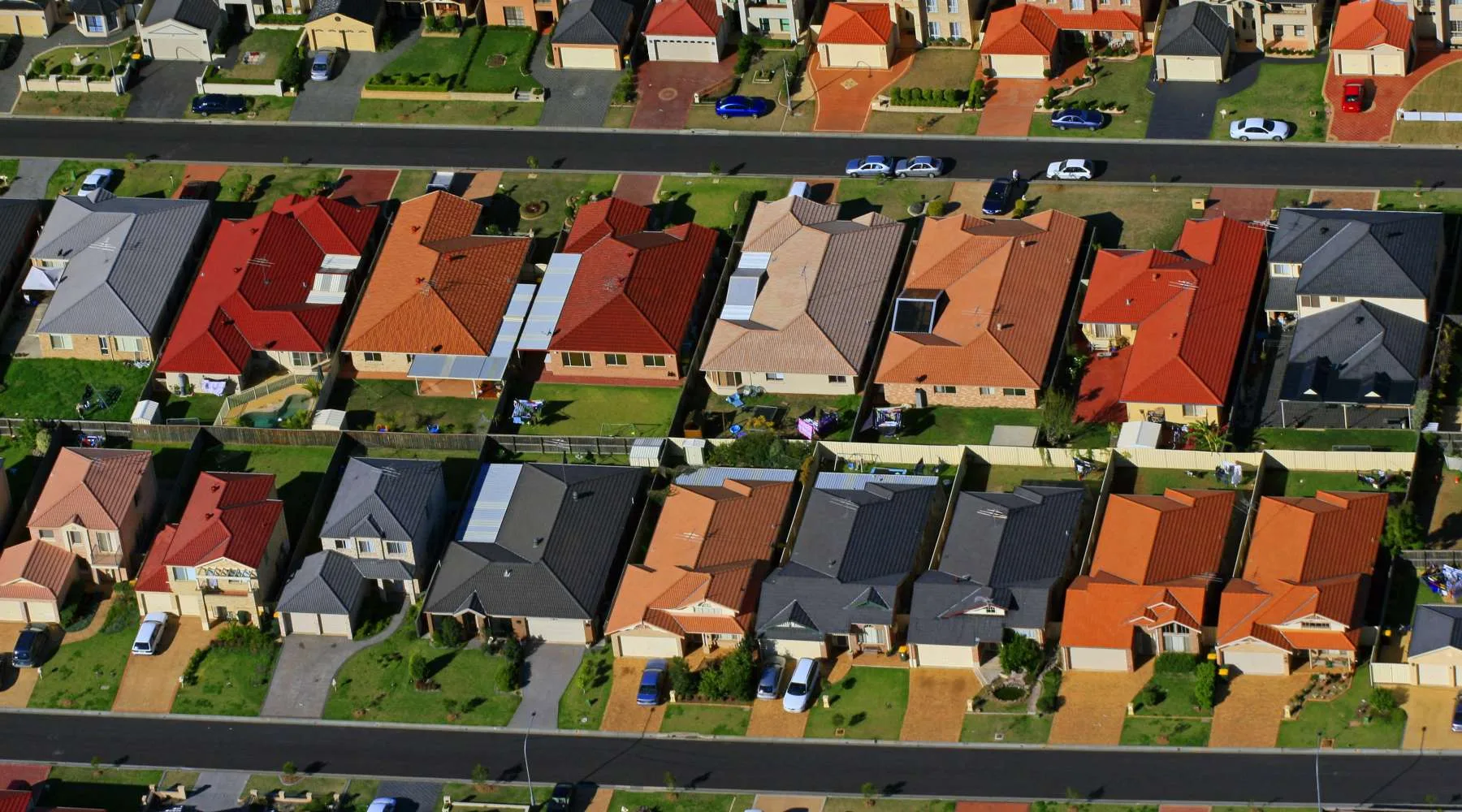Is Australia’s Help to Buy scheme good for consumers?

The government's Help to Buy scheme receives a lukewarm reception among economists.
In a bid to alleviate the housing affordability crisis, the Australian government has introduced the 'Help to Buy' scheme, a shared equity initiative aimed at assisting potential homebuyers in navigating the financial barriers to homeownership. Under this scheme, individuals can enter the housing market with a mere 2% deposit, while the government funds 30-40% of the property value, thus reducing the upfront financial burden on buyers.
The scheme, a brainchild of the Albanese Government, is poised to support up to 40,000 low to middle-income families, resurrecting the dream of homeownership for thousands who have been priced out of the market. However, the recent RBA cash rate survey reveals a split in opinion regarding the effectiveness and impact of this policy.
A slim majority of the panel, 56%, expressed reservations towards the 'Help to Buy' scheme, chiefly criticising its effects which, they argue, will merely inflate demand without addressing the core issue of housing supply.
Shane Oliver of AMP highlighted, "Such schemes like home buyer grants or other low deposit schemes just help boost demand when the problem is a lack of housing supply. So while such schemes are popular as they "look" like they are helping buyers in reality they are just making housing less affordable." Mala Raghavan of the University of Tasmania also shared similar concerns stating, "This will only push up the house prices and will not help to solve the housing crisis."
On the flip side, proponents of the policy, albeit a smaller group, appreciate the additional avenue it creates for those struggling to get their foot on the bottom rung of the property ladder. They argue that shared equity schemes, although not a solve-all, provide a crucial stepping stone for many.
Leanne Pilkington from Laing+Simmons highlighted the importance of broadening the options available to buyers, stating, "The more options available to buyers the better, though shared equity schemes may not work for everyone." Cameron Kusher from REA Group noted the significant hurdle of saving for a home while renting, mentioning, "saving for a home while renting is one of the biggest hurdles and this will help to overcome that hurdle."
The minimum income required to purchase a house or unit accross Australia's capitals
Location | Price | Minimum income required (assuming a 5.99% interest rate) |
|---|---|---|
Sydney median house price | $1,330,000 | $254,895 |
Sydney median unit price | $755,000 | $144,696 |
Melbourne median house price | $870,000 | $166,736 |
Melbourne median unit price | $605,000 | $115,949 |
Brisbane median house price | $790,000 | $151,404 |
Brisbane median unit price | $503,000 | $96,400 |
Canberra median house price | $950,000 | $182,068 |
Canberra median unit price | $599,250 | $114,847 |
Hobart median house price | $685,000 | $131,281 |
Hobart median unit price | $520,000 | $99,658 |
Adelaide median house price | $710,000 | $136,072 |
Adelaide median unit price | $460,000 | $88,159 |
Perth median house price | $590,000 | $113,074 |
Perth median unit price | $410,000 | $78,577 |
Darwin median house price | $590,000 | $113,074 |
Darwin median unit price | $395,000 | $75,702 |
NSW average house price | $1,263,492 | $242,149 |
NSW average unit price | $823,552 | $157,834 |
VIC average house price | $971,787 | $186,243 |
VIC average unit price | $656,803 | $125,877 |
QLD average house price | $777,696 | $149,046 |
QLD average unit price | $527,277 | $101,053 |
ACT average house price | $1,046,220 | $200,509 |
ACT average unit price | $630,925 | $120,917 |
TAS average house price | $611,916 | $117,274 |
TAS average unit price | $794,531 | $152,272 |
SA average house price | $667,178 | $127,865 |
SA average unit price | $494,565 | $94,784 |
WA average house price | $685,679 | $131,411 |
WA average unit price | $430,303 | $82,468 |
NT average house price | $565,514 | $108,381 |
NT average unit price | $432,429 | $82,875 |
National average house price | $926,899 | $177,641 |
National average unit price | $659,130 | $126,323 |
This is echoed by data from Finder's Consumer Sentiment Tracker, which showed that 1 in 5 home owners in Australia needed some sort of help from their parents to purchase a home, with half receiving a cash contribution to their deposit, and half requiring their parents to go guarantor. Additionally an overwhelming majority of the panel (91%) believe households are eroding their savings buffers to meet mortgage payments.
The 'Help to Buy' scheme comes as part of a broader housing affordability agenda by the Albanese Government, which includes a myriad of measures such as a new national target to build 1.2 million well-located new homes over the next five years, a $3 billion New Homes Bonus for states exceeding their housing targets, and a $500 million Housing Support Program to spur housing supply.
The diverging views on the 'Help to Buy' scheme underscore the complexity of the housing affordability conundrum in Australia. While the scheme may provide immediate relief to some aspiring homeowners, the overarching sentiment among experts leans towards a more holistic approach, tackling both demand and supply-side issues to foster a more sustainable solution to the housing crisis.
Finder's Insights Column examines issues affecting the Australian consumer. It appears weekly on finder.com.au.
Ask a question
